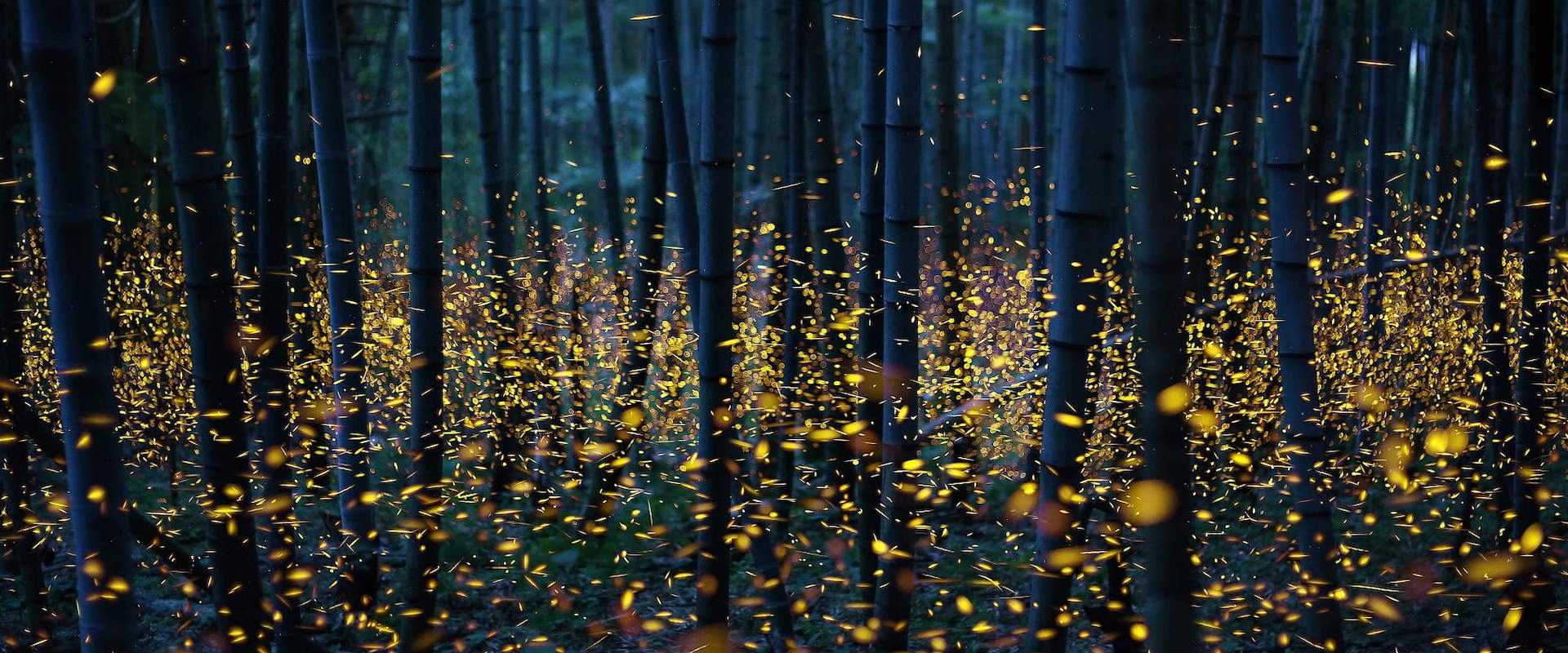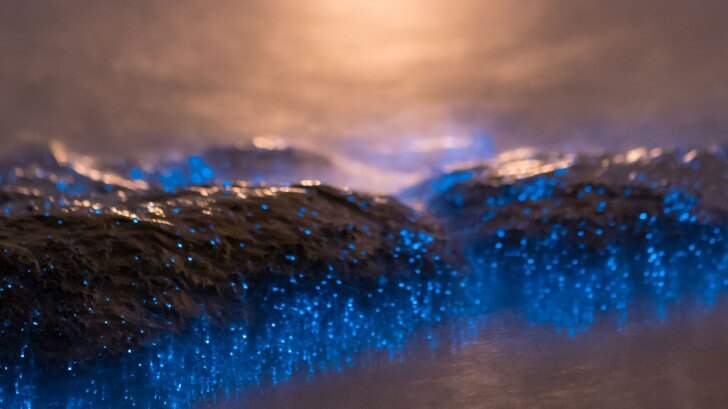

BBC Earth podcast
Close your eyes and open your ears
Intimate stories and surprising truths about nature, science and the human experience in a podcast the size of the planet.
Landscapes
The shot of a ship drifting through opaque glowing water, indistinguishable from fog or mist has been used many times on screen to indicate lurking terror or an abandoned ship, but the milky sea is not just a filmic phenomenon.

In 1864, Captain Raphael Semmes wrote from his cabin on the CSS Alabama about passing "from the deep blue water into a patch of water so light it startled me… The whole face of nature seemed changed, and with a little stretch of the imagination, the Alabama might have been conceived to be a phantom ship lighted up by the sickly and unearthly glare of a phantom sea… "
For crews who often firmly believed in sea monsters and mermaids, gliding through a ‘milky sea’ for hours must have been utterly terrifying.
Also called mareel, the milky sea is caused by bioluminescent bacteria, billions of trillions of them, that live throughout the water column from the surface to the sea floor.
Mesmerised sailors in the 1800s had absolutely no idea what was causing the effect, but were pretty sure it was something sinister. They described it as looking like milk or clouds from horizon to horizon, plowing through molten lead or sailing on a field of snow. Our understanding now is a little deeper but how it happens and why is still a bit of a mystery.
Steven Miller is a senior research scientist at Colorado State University and describes bioluminescence as “the white whale of satellite remote sensing”. Earlier sensors could not see it, but the instruments Miller uses can measure low levels of light like moonlight.
His most successful satellite view of the milky sea came in 1995 from a report from the steamship Lima. While sailing off the coast of Somalia, the captain of the Lima mentioned a whiteish glow on the horizon that was followed 15 minutes later by the sea, from horizon to horizon, giving the impression of turning to “a field of snow”. Miller revisited archive satellite imagery of that area to see if any of the phenomenon was visible; to his amazement he could see 'smudges', the first confirmed view of a bioluminescent milky sea. The scale is staggering: a glowing area of sea the size of the state of the Connecticut, or 15,000 sq km.
We haven’t solved the mystery of the milky seas… we just need to find out a lot more about it”
"We haven’t solved the mystery of the milky seas,” says Miller. “We have been able to detect them but there is not concrete evidence of how they form, why they form… we just need to find out a lot more about it.” Miller’s team is using satellites to pinpoint the next milky sea, then taking samples to investigate the phenomenon.
There are other magical ocean effects, including the red tide around Florida and algal bloom all over the world’s oceans and there is still so much to discover. NASA has declared that scientists know more about space than they do about the Earth’s oceans, and even with all the technology in the world it’s a brave seafarer who could drift through a mist-coloured ocean without thinking “here be dragons”.


Intimate stories and surprising truths about nature, science and the human experience in a podcast the size of the planet.